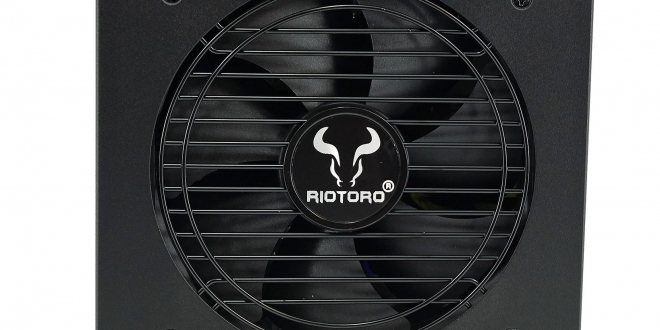Technology will Always leap ahead of safety. Safety doesn't even become a twinkling in someone's brain patterns until a need is discovered. It's not until the technology is viable that ppl like Aris and JG and OW start picking it apart and finding its shortcomings. 20 years ago nobody cared about transient response, holdup times, and half a dozen other things that seem to be becoming more important. 6 years ago, nobody really cared about inline caps, JG tested with and without and basically said they help but didn't know why they weren't on the inside of the psu. Now? Ppl griping about sleeves, lack of real need etc.
Hindsight is 20/20, easy to see needs for improvement or fixes or precautions, but if the tech doesn't yet exist, can't really predict any of those. So safety by default can only come after and only if there's a need for it.
Hindsight is 20/20, easy to see needs for improvement or fixes or precautions, but if the tech doesn't yet exist, can't really predict any of those. So safety by default can only come after and only if there's a need for it.









